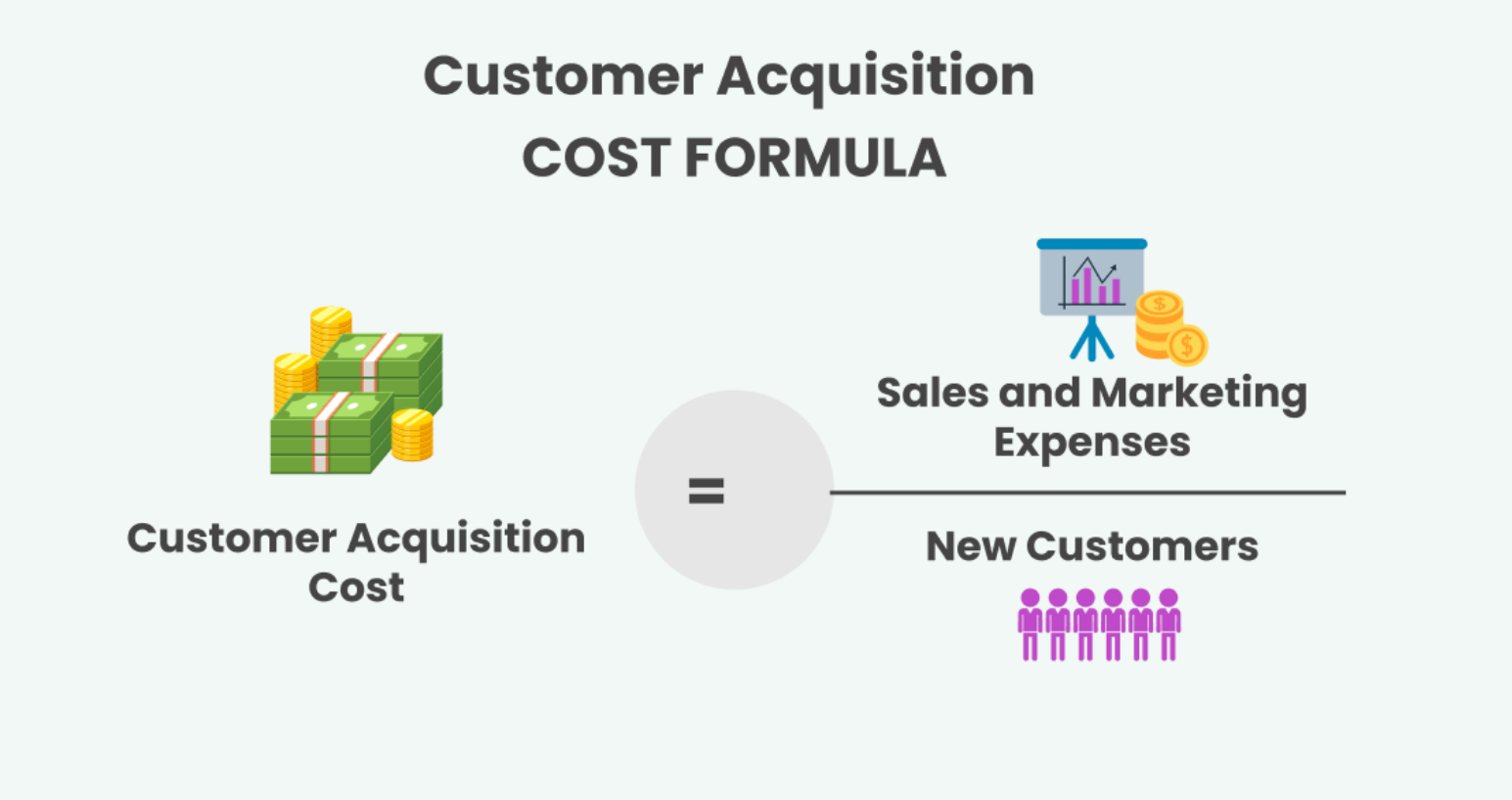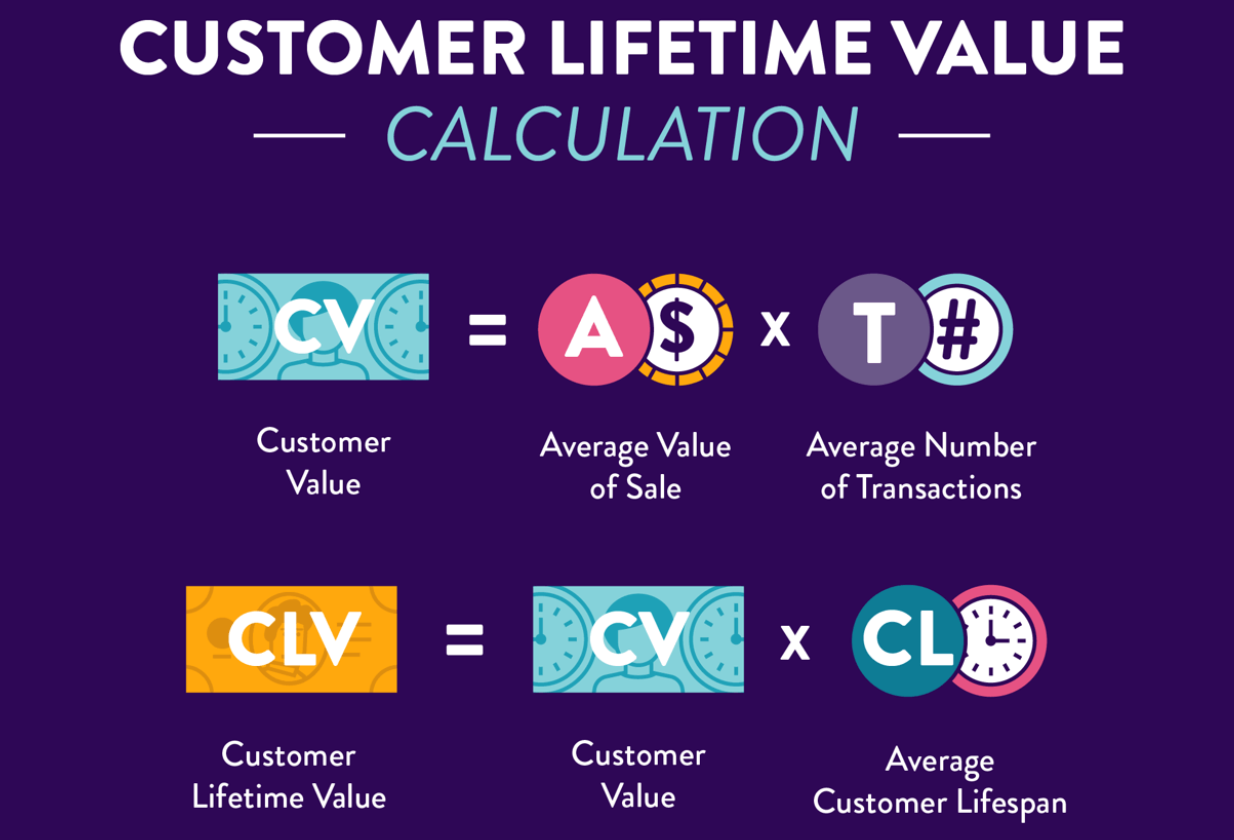Creating a customer acquisition plan requires in-depth research and strategic planning. Here is the step-by-step process you can follow to create a solid plan for your business.
1. Define Your Target Audience
To create a solid customer acquisition plan, you first need to understand who your customers are and what they want.
Answer these questions to understand and define your target audience:
- Who is your ideal target customer?
- What is their gender, age range, location, and other demographics?
- What are their pain points and challenges?
- How do they search for products, and where do they shop?
You can use a good customer relationship management solution to collect customer data from various sources. Social media and web analytics tools are also helpful in collecting audience data.
Once you have all the data and have answered the questions above, you should create ideal customer profiles (ICPs) or customer personas. There are numerous free and paid customer persona templates available online, which you can use.
2. Clarify Your Objectives
Before you make a customer acquisition strategy, you should be clear on what you want to achieve. Of course, you want to win new customers, but that’s a vague goal.
More specific goals could include:
- Increasing website traffic by X% within Y duration
- Boosting revenue to reach X within the next quarter
- Reducing the customer acquisition cost by X % within Y duration
- And more
These goals are quantifiable and measurable. So, use the SMART goals framework and set specific goals for your customer acquisition strategy.
3. Choose Customer Acquisition Channels and Prepare a Strategy
The most important step is choosing the right customer acquisition channels and preparing a targeted strategy for each.
Your choice of channels will depend on whether you’re interested in lead capturing or demand generation.
Lead capturing involves attracting leads who are already looking for your products and know of your brand. Demand generation involves creating brand awareness and attracting prospects who don’t know about your brand or products.
The latter is the more difficult process and requires the use of multiple channels to cast a wide net. As such, you should be clear on this before you choose your customer acquisition channels.
Here are some popular customer acquisition channels and methods you can use:
- Search Engine Optimization: The most sustainable and organic way to acquire customers is through your website. Use good SEO practices to boost search visibility and rankings for your product and service pages.
- Social Media Marketing: This is a great way to engage with consumers on channels where they’re most active. Post relevant, targeted content consistently to build a loyal following and generate leads from social media.
- Pay-Per-Click (PPC) Campaigns: If you’re looking for a quick way to boost your lead-generation efforts, then you can consider PPC campaigns.
- Content Marketing: Greate content can educate and inform your target customers on the benefits of your products and services. Use internal linking and CTAs to direct leads from content to your product or service pages to drive conversions.
- Influencer Marketing: Partner with influencers in your niche to reach their loyal audience. By organically promoting your brand, influencers can help you win new customers quickly and efficiently.
- Affiliate Marketing: Create an affiliate program and provide lucrative incentives for affiliates to promote your brand. Since affiliates promote brands on multiple channels, this opens new avenues for customer acquisition for your business.
Choose a mix of customer acquisition channels based on who your audience is and where they’re most active.
Also, use good strategic planning software to create a comprehensive strategy. Such tools also help streamline the planning process by giving you a clear picture of all the tasks involved.
4. Set Competitive Product Prices
If you’re making a customer acquisition plan for a new product or service, then it’s important to price it right.
The success or failure of your strategy will depend on how competitively you’ve priced your offering.
Conduct in-depth competitor research to analyze the features of competitors’ offerings and their pricing.
Choose the pricing model that works well for you and set a price that’s profitable for you but also provides a good deal to your customers. If you want to use premium pricing, then you must differentiate your offering from that of your competitors and showcase its premium features.
5. Track Your Performance on Key Metrics
Your customer acquisition plan should also include details on the key performance indicators you’ll use to measure the success or failure of your efforts.
These KPIs should align with the goals you set at the first step. For example, if your goal is to boost website traffic, then the growth in monthly traffic is a good metric to track.
Some common metrics you should track include:
- Customer Acquisition Cost: This is the average cost of acquiring each customer. Divide your sales and marketing costs for a period with the number of customers acquired to calculate this.
 Source
Source
- Cost per Lead: This is the average cost of acquiring a lead using your lead generation efforts. To calculate this, you need to divide your marketing costs by the number of new leads generated in a period.
- Customer Lifetime Value: It is an estimate of the total revenue you can earn from a single customer throughout their association with your brand. Here’s the formula you can use to calculate this.
 Source
Source
- Conversion Rate: In a general sense, conversion rate refers to the percentage of leads who take a desired action, such as signing up for a newsletter. However, in terms of customer acquisition, this refers to the percentage of leads that entered your funnel and turned into paying customers.
You also need to decide which tools you will use to track your performance. This could be a mix of free and paid analytics tools.
6. Identify Gaps and Optimize Your Strategy
Your work is not done after you’ve made a customer acquisition plan. You also need to execute it and measure your performance to find areas for improvement.
By tracking the above-mentioned metrics, you can get insights into which strategies are working and which aren’t. This will help you improve your customer acquisition strategy.
Remember, this is an ongoing process that helps you keep your customer acquisition plan updated and optimized.









